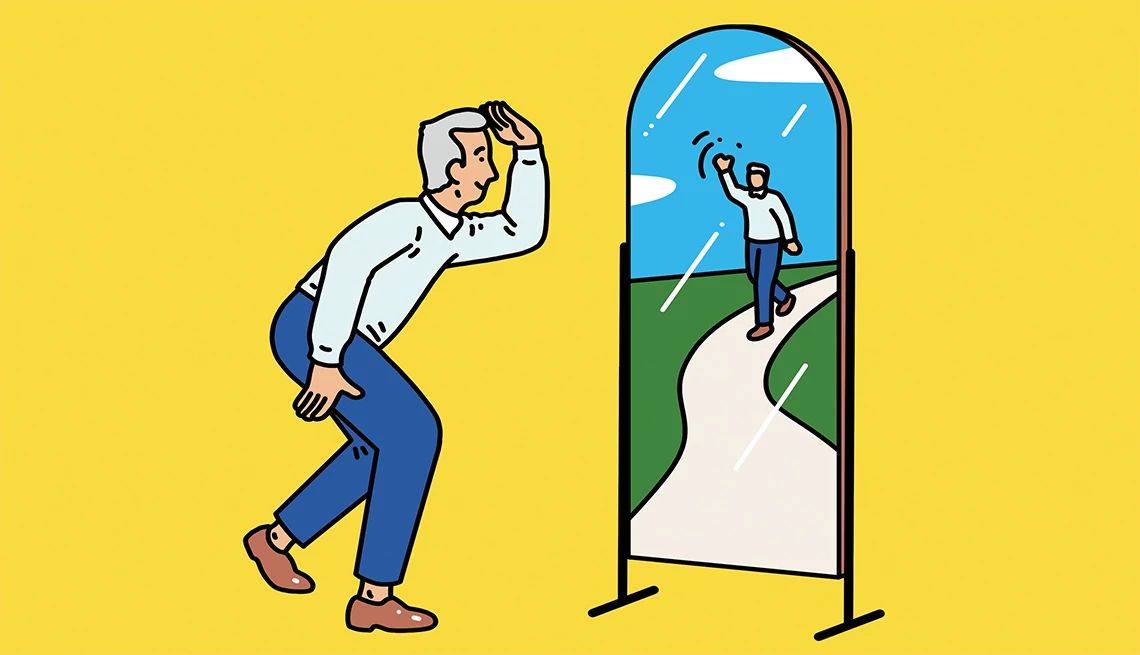
- Select a language for the TTS:
- UK English Female
- UK English Male
- US English Female
- US English Male
- Australian Female
- Australian Male
- Language selected: (auto detect) - EN
Play all audios:
You could call class action lawsuits the nuclear option of consumer advocacy, the ultimate weapon in the battle against unethical corporations. However you look at class action suits, you
could well be a party to at least one of them at this moment, whether you know it or not. When the lawyers bringing those actions eventually reach out to you, you can make a little money or
lose a lot, depending on what you do. Lawyers file hundreds of class action lawsuits every year. They all start when a group of people with similar complaints — the "named"
plaintiffs — join forces to make the same legal argument in court. (They may do this out of a genuine sense of grievance, or at the urging of lawyers who smell big fees. Or both.) The
plaintiffs could be seniors who are victims of discriminatory hiring practices, parents of children injured by dangerous toys, or investors who lost money because of what they claim is
corporate malfeasance. To gain legal standing as a "class," the named plaintiffs typically have to convince a judge they have suffered common injury as a result of the purposeful
or negligent actions of a corporation. In the recent Wal-Mart case, the Supreme Court significantly raised the bar, so that any suit must now include a common cause for the damage, such as a
harmful company policy, and not just a common result. Once the judge agrees that the class action suit can move forward, the attorneys filing the case must notify the "unnamed"
plaintiffs — maybe hundreds of thousands of them — who suffered the same injury as the named plaintiffs. That's the notice that may have suddenly shown up in your mailbox. "In most
cases, when you get a class action notice, you don't have to do anything," says Ira Rheingold, executive director of the National Association of Consumer Advocates. Courts require
that members of the class be offered the chance to opt out if, say, they think they may have suffered greater damages than the typical plaintiff and want to sue separately. Once the case is
resolved, you get a second mailing. It may tell you how to file a claim. Or it may just contain a check. Class action suits can be big bucks — at least for the attorneys. In 1998, U.S.
tobacco companies lost the largest class action settlement in history, which came to $205 billion over 25 years. The piece of the pie that goes to unnamed plaintiffs, however, is a tiny
fraction of such awards. Many judgments only require the defendant to remedy the problem and don't involve a cash settlement at all for the majority of the class. Even the named
plaintiffs may only get compensated for their time, though some could receive additional compensatory damages. Still, the publicity surrounding awards like the tobacco settlement tend to
raise expectations, and there are plenty of con artists standing by to exploit them. One example: Many Californians who lost homes to foreclosure recently received letters telling them they
could be part of a class action suit, if they paid thousands of dollars in upfront "filing fees."



